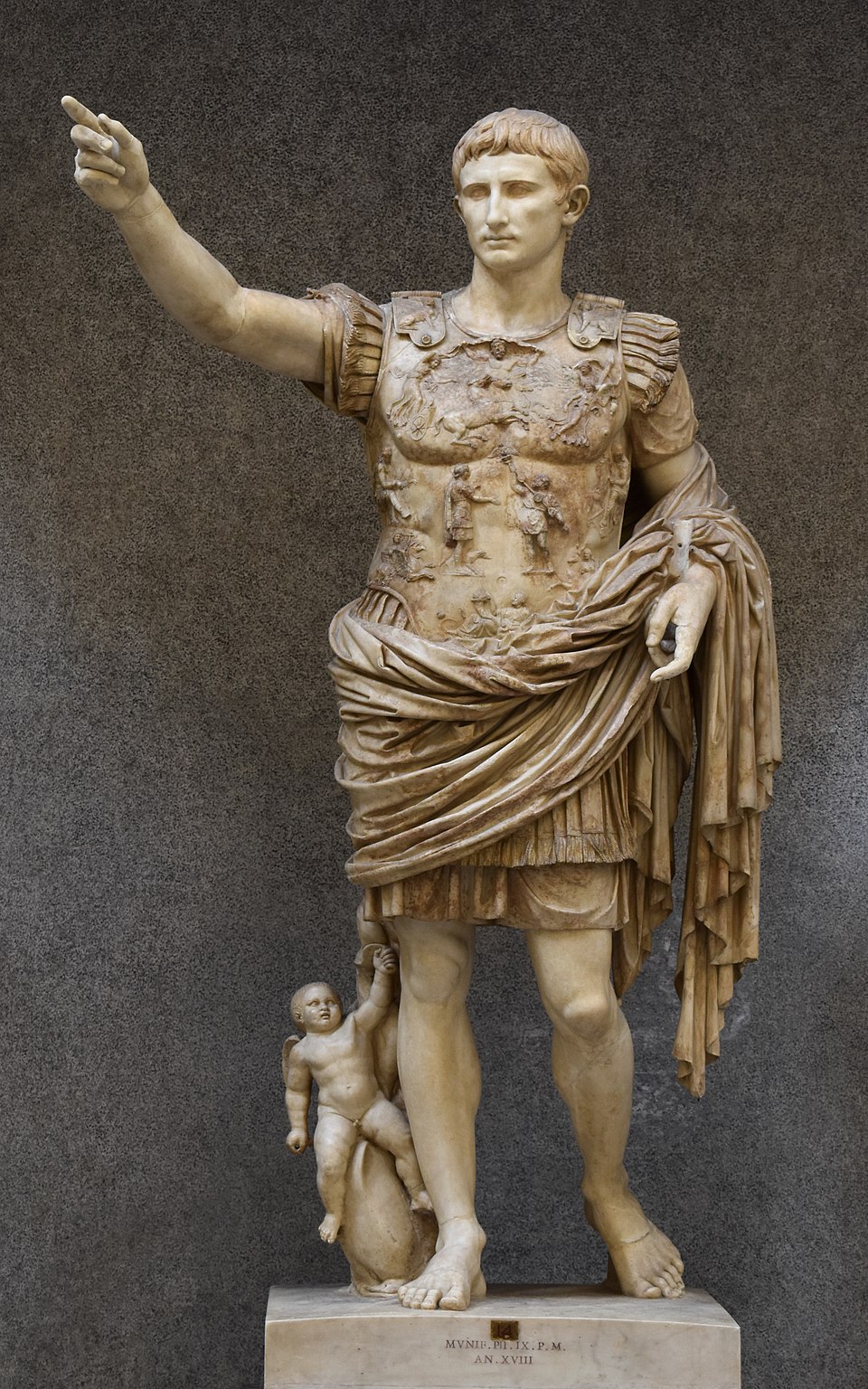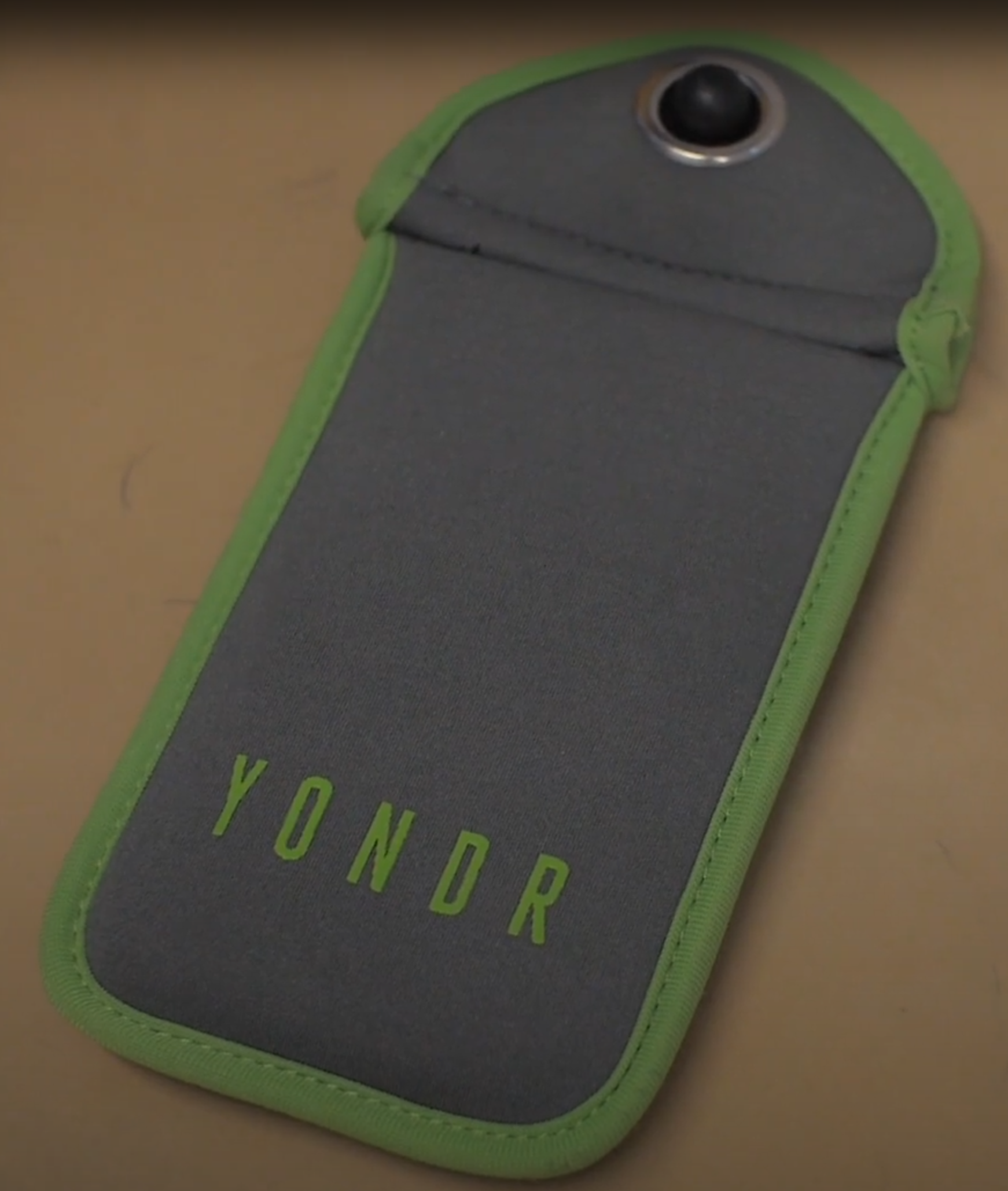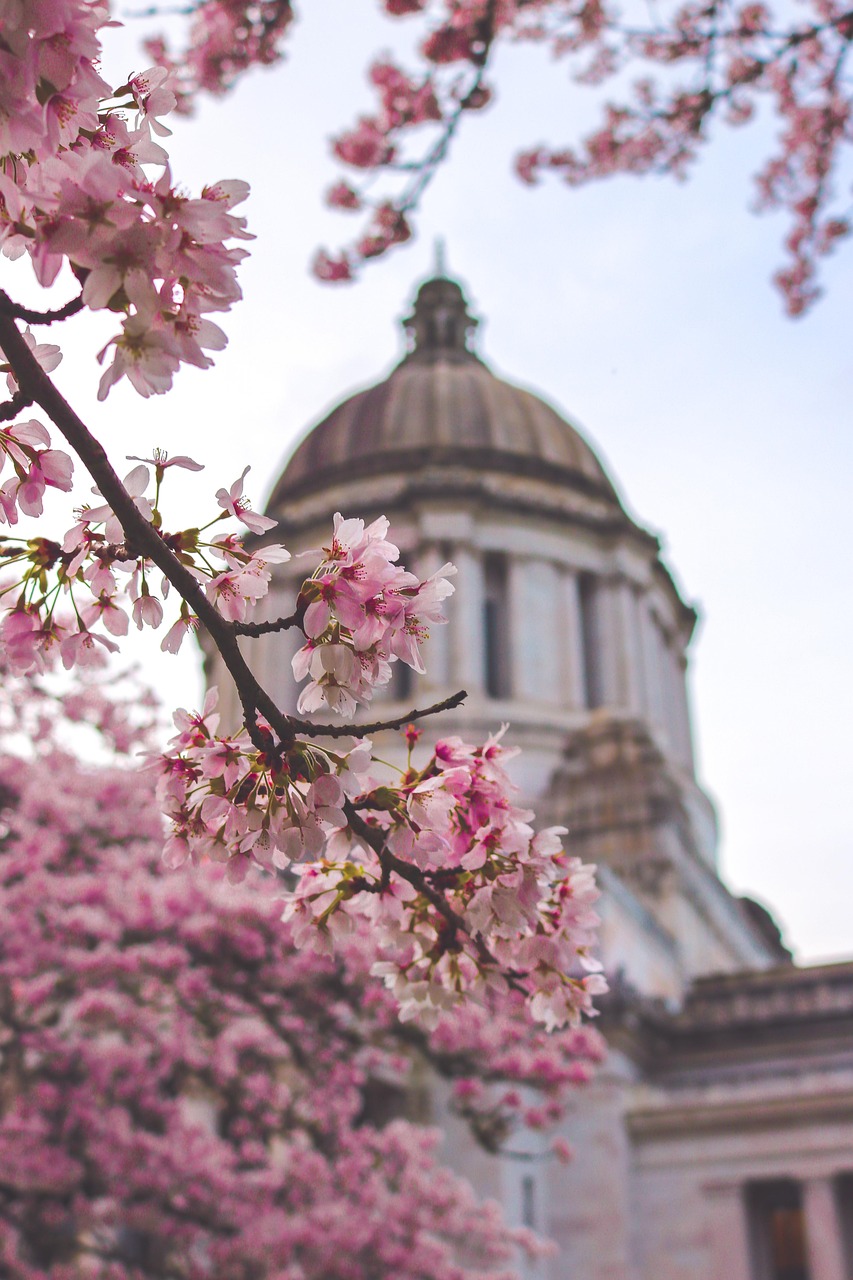With Augustus and his successors establishing imperial power, the Julio-Claudian dynasty (27 B.C.E–68 C.E) marked a turning point in Roman history. During this time, sculpture was more than just ornament; it was a powerful weapon for influencing societal views and thereby supporting the imperial rule. These Julio-Claudian imperial portraits and public monuments were deliberately used to project authority, create a particular social structure, and even alter communal memory.
Julio-Claudian Imperial Portraits: Visualizing Power
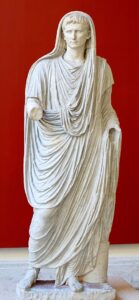 The emperor’s elevated status in Roman society was established and maintained in great part by Julio-Claudian imperial portraits. These pictures were more than just likenesses; they were deliberately created images meant to convey specific beliefs and reinforce a visual hierarchy. Beginning with Augustus, emperors used sculpture to effectively transmit various ideals to the Roman public.
The emperor’s elevated status in Roman society was established and maintained in great part by Julio-Claudian imperial portraits. These pictures were more than just likenesses; they were deliberately created images meant to convey specific beliefs and reinforce a visual hierarchy. Beginning with Augustus, emperors used sculpture to effectively transmit various ideals to the Roman public.
Throughout the empire, Augustus’ formal portrait type set a new standard for style. This approach produced a unique yet familiar kind of portraiture by combining Republican principles of individual likeness with the idealizing of Hellenistic art. Portraits of Augustus, such as the Augustus of Primaporta, demonstrate this. This marble sculpture links Augustus’ reign to Greece’s Golden Age by showing him in military uniform and adopting a contrapposto stance reminiscent of classical Greek art. Augustus, middle-aged, is shown as young and perfect, radiating power and virility. Similarly, Augustus is portrayed as a young, idealized man participating in religious rites in the marble statue of Pontifex Maximus, highlighting his piety and ties to ancient Roman values. Even in his role as chief high priest, this representation supported his power in the political and spiritual domains.
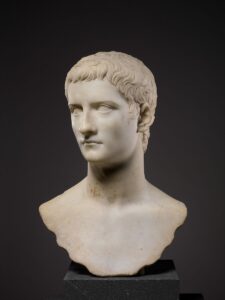
To underline the unity and continuity of the dynasty, the Julio-Claudian successors also embraced aspects of Augustus’s portrait technique. Caligula (r. A.D. 37-41) is depicted in a marble bust with regular features and well–crafted hairstyles comparable to those seen in Augustus’ artwork. Even if the artist carefully depicted Caligula’s vanity and cruelty, which eventually led to his damnatio memoriae (more information below), the visual connection to Augustus’ is continued. The spread of such uniform images around the empire served to establish a coherent visual depiction of imperial power, therefore supporting the emperor’s elevated position and the current social order. This approach aligns with the sociological theory of “visual communication of power,” in which authority is conveyed and validated by means of visual symbols and representations.
The Ara Pacis Augustae: Constructing Social Order Through Public Monument
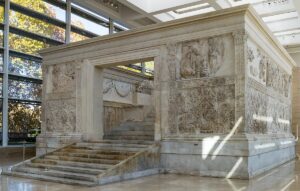 Another example of how art was used to build and support a certain social order is the Ara Pacis Augustae (Altar of Augustan Peace), which was dedicated in 9 B.C.E. The Senate dedicated the altar to commemorate Augustus’ successful military victories in Spain and France. The monument advocated virtues such as peace (Pax), family, and piety, all of which directly backed Augustus’ power and the established social system.
Another example of how art was used to build and support a certain social order is the Ara Pacis Augustae (Altar of Augustan Peace), which was dedicated in 9 B.C.E. The Senate dedicated the altar to commemorate Augustus’ successful military victories in Spain and France. The monument advocated virtues such as peace (Pax), family, and piety, all of which directly backed Augustus’ power and the established social system.
 Strategically placed on the Campus Martius in Rome, the Ara Pacis was surrounded by other Augustan architectural projects openly displaying messages of his authority and legitimacy. The sculpted panels on the outer screen portray processional images from Roman state and religion including lictors, priests, imperial household members (including women and children), and attendants. The emperor’s vision of a peaceful and rebuilt Rome was emphasized by these beautifully crafted processions, which also emphasized the cohesiveness of society and the Julio-Claudian lineage. The presence of the imperial family, including children, underscored the dynastic traits of Augustus’ rule and the significance of family in maintaining social order. The altar itself served as a place for annual sacrifices, cementing these ideas in Roman official religious practices. As a result, the Ara Pacis shows how “the sociology of space” and the placement and meaning of public monuments were used to build and maintain a wanted social order.
Strategically placed on the Campus Martius in Rome, the Ara Pacis was surrounded by other Augustan architectural projects openly displaying messages of his authority and legitimacy. The sculpted panels on the outer screen portray processional images from Roman state and religion including lictors, priests, imperial household members (including women and children), and attendants. The emperor’s vision of a peaceful and rebuilt Rome was emphasized by these beautifully crafted processions, which also emphasized the cohesiveness of society and the Julio-Claudian lineage. The presence of the imperial family, including children, underscored the dynastic traits of Augustus’ rule and the significance of family in maintaining social order. The altar itself served as a place for annual sacrifices, cementing these ideas in Roman official religious practices. As a result, the Ara Pacis shows how “the sociology of space” and the placement and meaning of public monuments were used to build and maintain a wanted social order.
Damnatio Memoriae: Reshaping Collective Memory
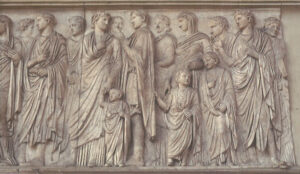 As mentioned earlier, unfavorable emperors, such as Caligula, underwent an “erasure” of their history in order to preserve the image of the Julio-Claudian dynasty. This was done through the practice of damnatio memoriae, the condemnation of memory, the fragility of social rank, and the power of the elite to change communal memory are exposed.
As mentioned earlier, unfavorable emperors, such as Caligula, underwent an “erasure” of their history in order to preserve the image of the Julio-Claudian dynasty. This was done through the practice of damnatio memoriae, the condemnation of memory, the fragility of social rank, and the power of the elite to change communal memory are exposed.
In Roman society, this meant systematically erasing a disgraced person from public life and memory. This often meant changing or destroying statues and portraits of them. They deliberately reshaped how society remembered the past by destroying or modifying visual representations, attempting to obliterate the existence and legacy of those who had fallen out of favor. This act exemplifies the close relationship that exists between social status, historical narrative fabrication, and physical representations. The ability to manage and even destroy visual representations underlined the elite’s authority to define and change communal memory.
Conclusion
Julio-Claudian sculpture served an array of functions in Roman culture, acting as a potent tool for social control. Imperial images presented a picture of continuity and power, therefore supporting the emperor’s higher rank. By advocating important principles and presenting an idealized picture of Roman society under Augustan control, public monuments like the Ara Pacis Augustae actively built and justified an established social order. Moreover, the practice of damnatio memoriae shows how successfully the elite can alter visual images to change social narratives and collective memory. Julio-Claudian sculpture provides important insights into the sociological dynamics of power, representation, and social order in the early Roman Empire.
Podvorec is a guest blogger at UITAC Publishing. UITAC’s mission is to provide high-quality, affordable, and socially responsible online course materials.
Images used in this blog:
- “Augustus of Prima Porta” by Joel Bellviure at Wikimedia Commons licensed using Creative Commons Attribution-Share Alike 4.0 International
- “August Labicana Massimo” by Marie-Lan Nguyen at Wikimedia Commons licensed using Creative Commons Attribution-Share Alike 4.0 International
- “Marble portrait bust of the emperor Gaius, known as Caligula” at The MET licensed using Creative Commons Zero (CC0)
- “The front of the Ara Pacis Augustae” by Rabax63 at Wikimedia Commons licensed using Creative Commons Attribution-Share Alike 4.0 International
- “Plan Ara Pacis Augustae” by Gaius Stern at Wikimedia Commons licensed using Creative Commons Attribution-Share Alike 3.0 Unported
- “Roma Ara Pacis Processione Sud Particolare” at Wikimedia Commons licensed using Creative Commons Attribution-Share Alike 3.0 Unported and GNU Free Documentation License
